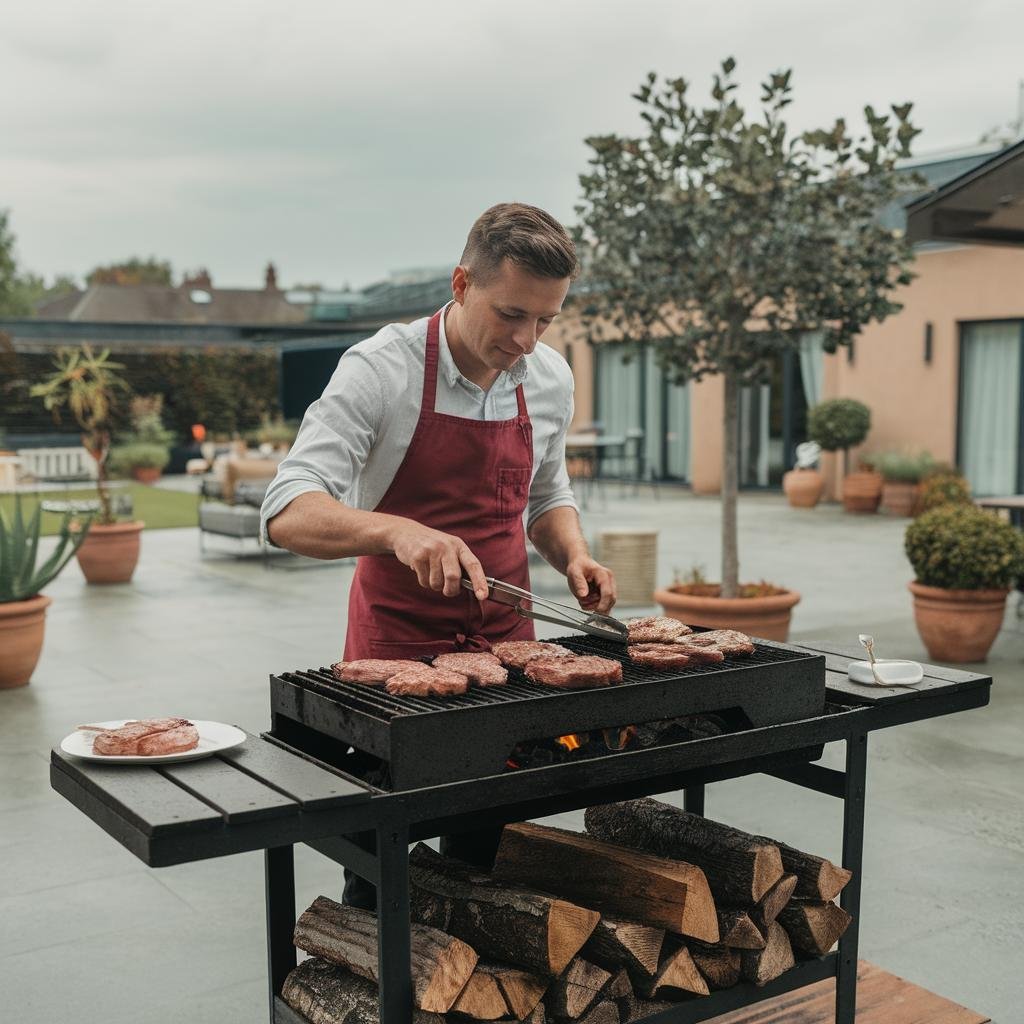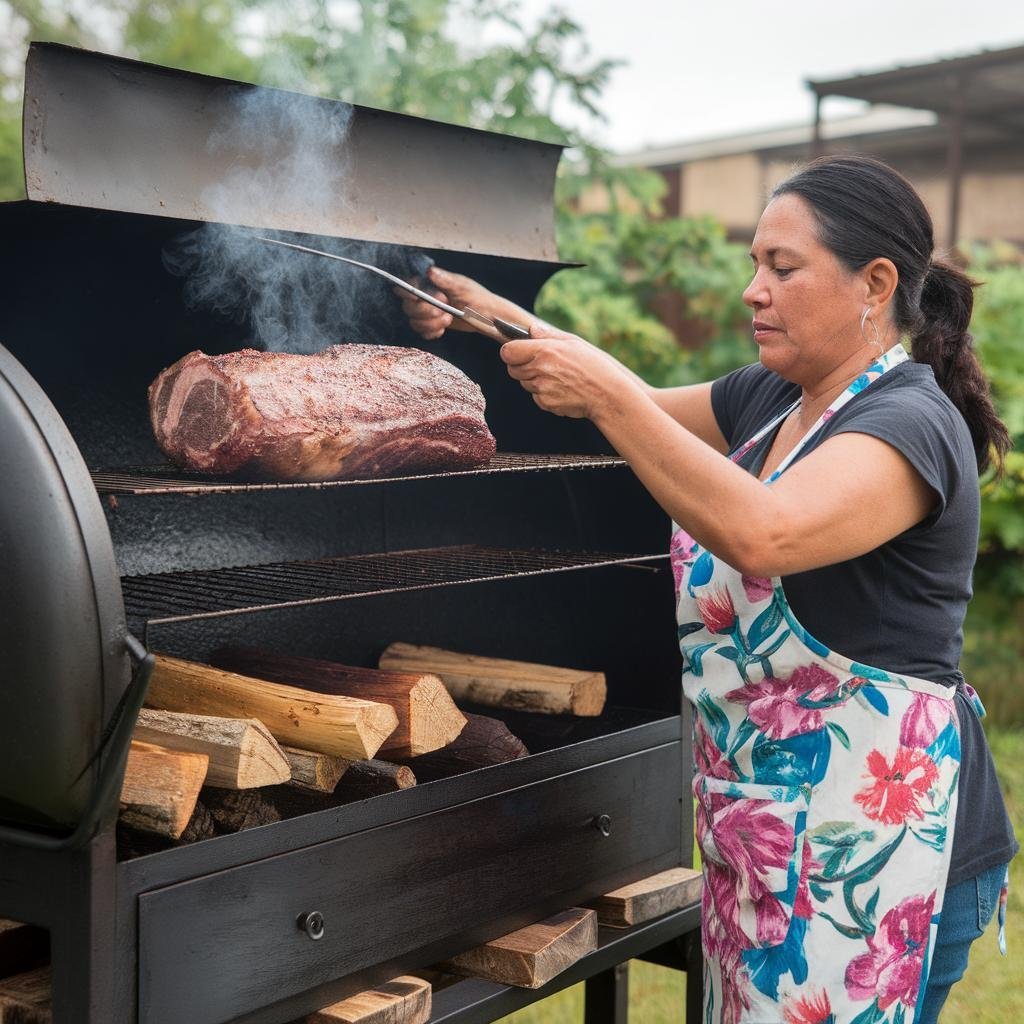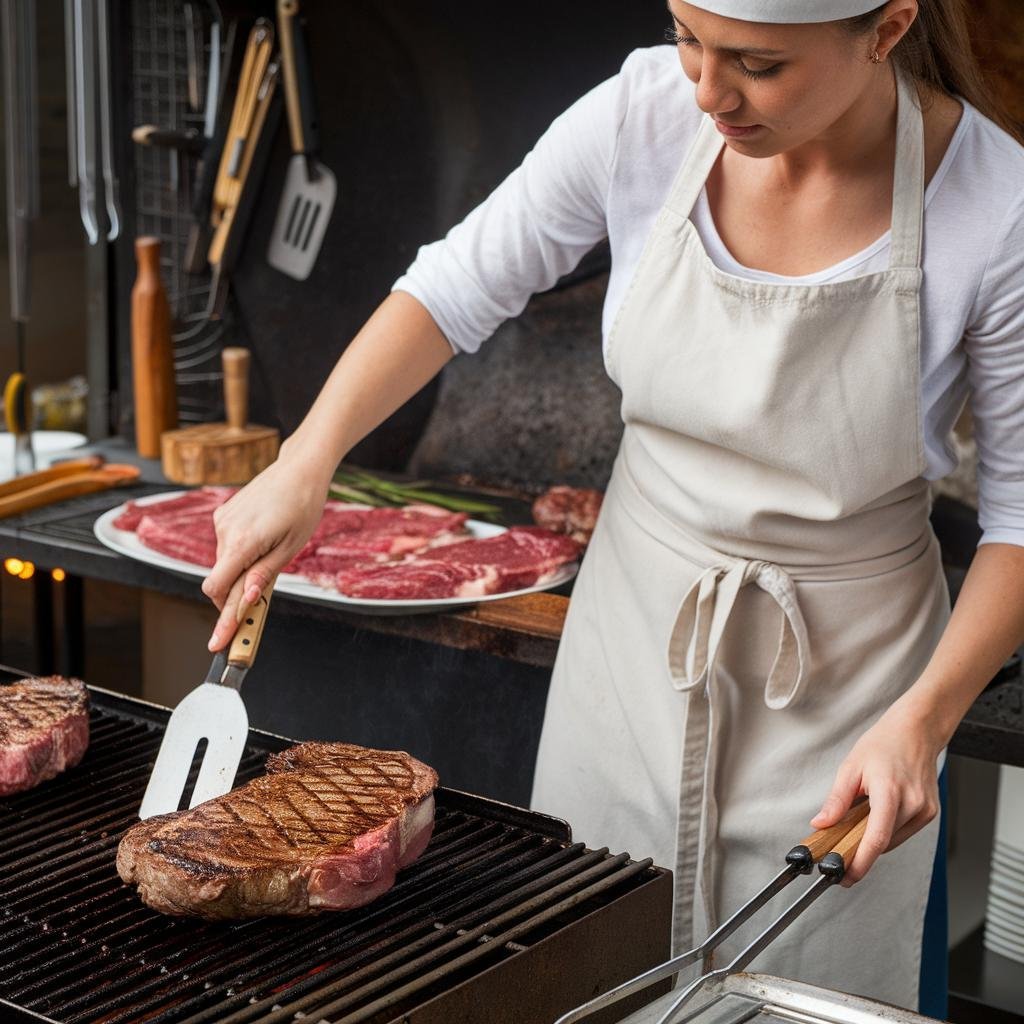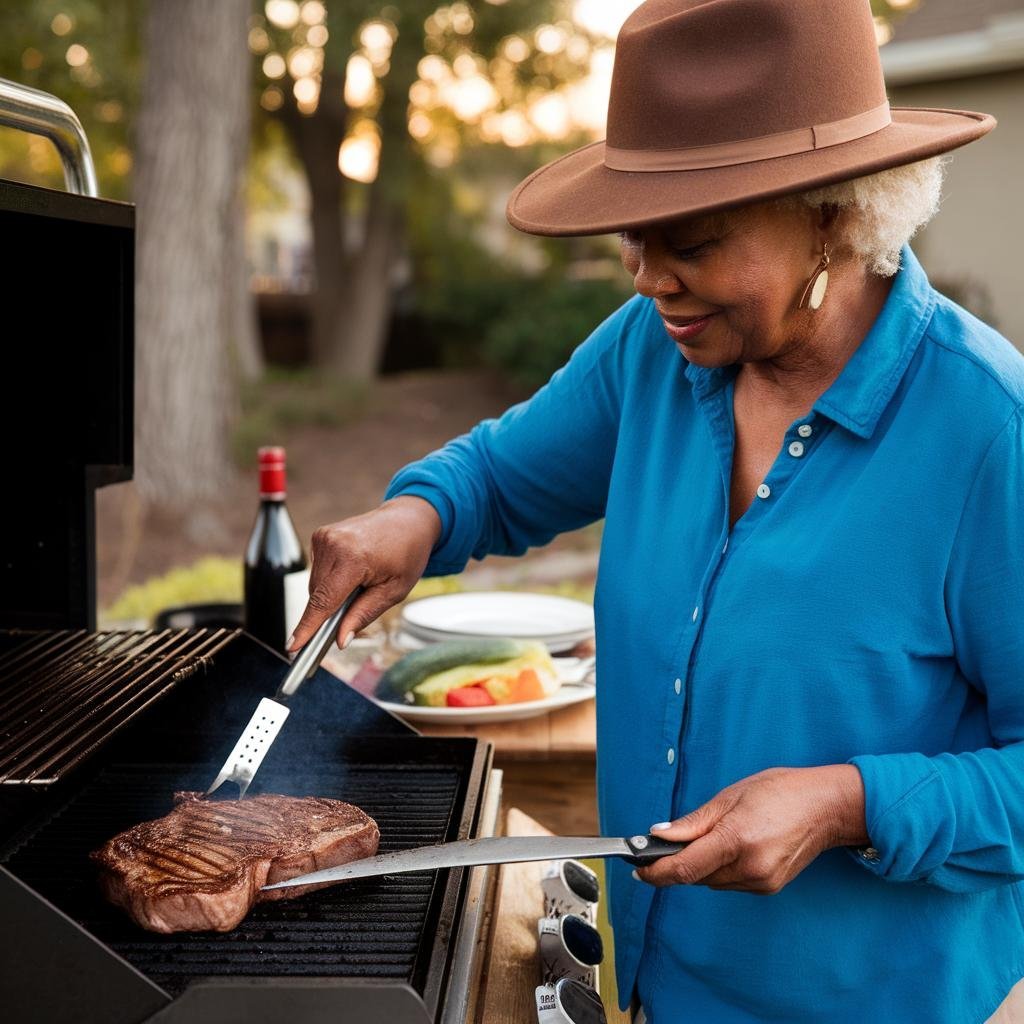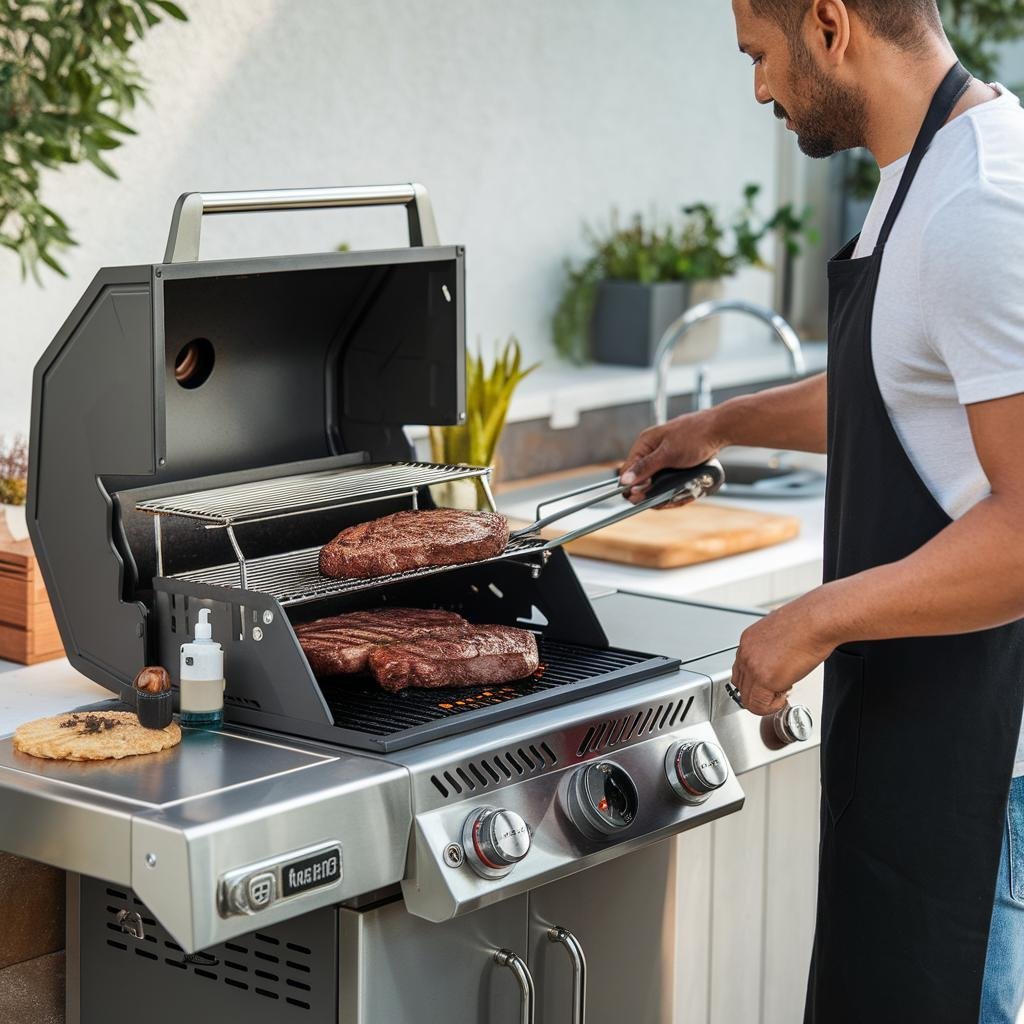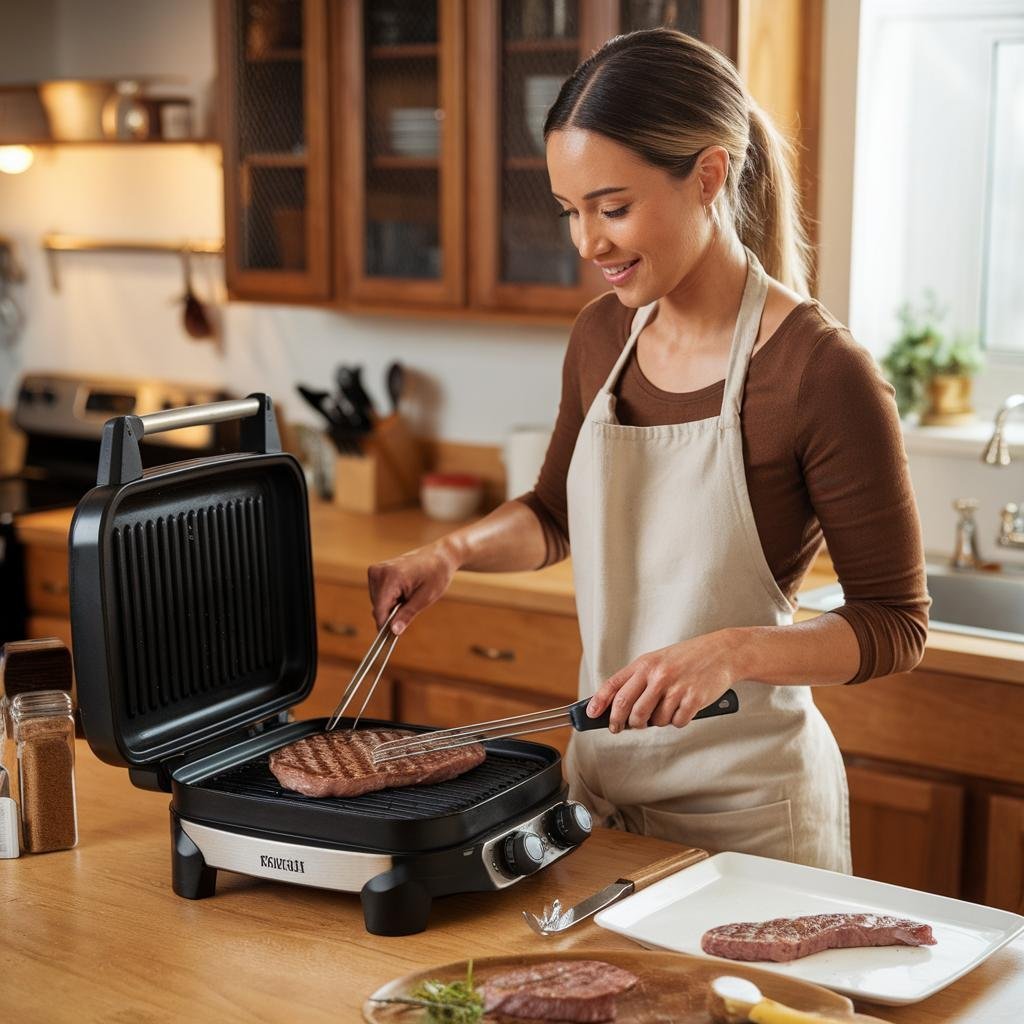Disclosure: This Post Contains Affiliate Links; We earn a commission on purchases.
Grilling with charcoal is an art that can elevate your outdoor cooking to new heights. The smoky flavor, the sizzle of the grill, and the satisfaction of achieving that perfect sear—it all comes together to create a mouthwatering experience. But where do you start? How do you master the techniques that will guarantee delicious results every time? In this article, we’ll explore the essential charcoal grilling techniques, from lighting the grill to choosing the right heat levels and everything in between. Get ready to unlock the secrets of charcoal grilling and become a backyard barbecue hero!
- Learn the basics of grilling with charcoal, including how to start a charcoal grill and control the cooking temperature.
- Understand the differences between traditional briquettes and hardwood charcoal, and when to use each for optimal flavor.
- Discover the importance of preparing the grill, selecting the right foods for different heat levels, and cleaning the grill for longevity.
- Master essential tips for charcoal grilling, such as avoiding lighter fluid, adding hardwood for smoky flavor, and using high-quality tools.
- Enjoy the journey of experimentation and practice to become a master of charcoal grilling and impress your friends and family.
How to Start a Charcoal Grill
Starting a charcoal grill is the first step in charcoal grilling. Instead of using lighter fluid, it is recommended to use a charcoal chimney for a cleaner and more efficient ignition. Simply stuff newspaper loosely in the bottom of the chimney, fill it with charcoal, and light the newspaper. Let the coals burn until they are covered with white-gray ash before pouring them onto the grill. This process usually takes about 5 to 30 minutes, depending on the desired heat level.
“Using a charcoal chimney is not only safer but also eliminates the risk of chemical flavors in your food. This method ensures that the coals burn evenly and reach the desired temperature for a successful grilling experience.”
Charcoal Chimney Tips
- Make sure to use newspaper or other easily ignitable material without toxic inks or coatings to prevent any harmful substances from contaminating your food.
- For faster ignition, crumple the newspaper into reasonable-sized balls instead of stuffing it loosely.
- To control the heat intensity, adjust the quantity of charcoal you put into the chimney.
- Before pouring the hot coals onto the grill, consider wearing heat-resistant gloves to avoid any burns.
Benefits of Using a Charcoal Chimney
| Benefits | Explanation |
|---|---|
| Easier Ignition | A charcoal chimney provides a consistent, efficient ignition method without the need for lighter fluid. |
| Cleaner Flames | By eliminating lighter fluid, you reduce the risk of chemical flavors or residues in your food. |
| Uniform Heat Distribution | Using a charcoal chimney ensures that coals burn evenly, providing a consistent heat source for grilling. |
| Reduced Environmental Impact | By avoiding the use of lighter fluid, you contribute to a cleaner and healthier environment. |
Grilling on Different Heat Levels
When it comes to charcoal grilling, understanding how to control the cooking temperature is key to achieving delicious results. Grilling on different heat levels allows you to cook a variety of foods with precision and flavor. Let’s explore the three main heat levels: high heat, medium heat, and low heat.
High Heat Grilling
High heat grilling is perfect for foods that can handle intense heat and benefit from a beautiful sear while remaining juicy on the inside. Steaks, burgers, and dense vegetables like bell peppers and portobello mushrooms are excellent choices for high heat grilling. The high temperature creates a mouthwatering crust while locking in the natural juices and flavors of the food.
Medium Heat Grilling
Medium heat is ideal for thoroughly cooked proteins such as pork chops, chicken breasts, fish fillets, and uncooked hot dogs and sausages. This heat level ensures that the proteins are cooked through without overcooking or drying them out. With medium heat, you can achieve a juicy and tender texture while still imparting that delicious charcoal flavor.
Low Heat Grilling
While low heat grilling is not typically recommended for charcoal grills, there are certain exceptions. Foods like larger pieces of pork chops and fattier fishes, such as salmon, can be seared on high heat to achieve a nice crust and then transferred to a cooler zone on the grill to finish cooking without burning. The low heat helps the proteins cook through evenly without sacrificing moisture.
By understanding the different heat levels for grilling, you can make informed decisions about the cooking times and heat required for various ingredients. Whether you’re aiming for a perfect sear or a thorough cook, adjusting the heat level on your charcoal grill allows you to take control of the grilling process and create mouthwatering dishes.
| Heat Level | Examples of Foods |
|---|---|
| High Heat | Steaks, burgers, dense vegetables |
| Medium Heat | Pork chops, chicken breasts, fish fillets, hot dogs, sausages |
| Low Heat | Larger pork chops, fattier fishes |
Essential Tips for Charcoal Grilling
To master the art of charcoal grilling, it’s important to keep a few essential tips in mind. These tips will not only enhance your grilling techniques but also help you achieve mouthwatering results that will impress your friends and family. So, let’s dive in and discover some valuable charcoal grilling hacks!
1. Avoid lighter fluid and opt for a charcoal chimney
When it comes to igniting your charcoal, it’s best to avoid lighter fluid. Using lighter fluid can give your food a chemical taste that nobody wants. Instead, opt for a charcoal chimney, which provides a cleaner and more controlled ignition process. Simply stuff newspaper at the bottom of the chimney, fill it with charcoal, and light the newspaper. Wait until the coals are covered with white-gray ash before spreading them on the grill.
2. Enhance the smoky flavor with hardwood
If you love that delicious smoky flavor in your grilled dishes, try adding hardwood chunks or chips to your lump charcoal. Hardwood varieties like mesquite, hickory, and oak can infuse your food with a rich, smoky taste that will elevate your grilling to the next level. Experiment with different wood types to find your favorite combination of flavors.
3. Master temperature control through vent adjustments
“Controlling the temperature of your grill is crucial for perfectly cooked food.”
One of the key factors in charcoal grilling is temperature control. To achieve the desired heat level, you can adjust the airflow through the vents on your grill. Opening the vents will increase the heat, while closing them will decrease it. Remember to monitor the grill’s temperature closely to ensure your food cooks evenly and reaches that perfect doneness.
4. Keep your grill clean for optimal performance
Cleaning your charcoal grill after each use is essential for maintaining its performance and prolonging its lifespan. Scrub the grates with a grill brush to remove any residue or stuck-on food particles. Additionally, regularly clean the ash and debris from the bottom of the grill to ensure proper airflow and prevent flare-ups.
5. Invest in high-quality grilling tools and a thermometer
To make your charcoal grilling experience even better, invest in high-quality grilling tools and a reliable grill thermometer. A sturdy pair of tongs, a spatula, and a grill brush are essential tools that will assist you in handling and flipping your food effortlessly. A grill thermometer will help you monitor the internal temperature of your dishes, ensuring they are cooked to perfection.
| Essential Tips for Charcoal Grilling |
|---|
| Avoid using lighter fluid |
| Enhance the flavor with hardwood |
| Master temperature control |
| Keep your grill clean |
| Invest in high-quality tools and a thermometer |
By following these charcoal grilling tips and techniques, you can take your outdoor cooking skills to new heights. Whether you’re grilling steaks, burgers, vegetables, or even desserts, these tips will help you achieve delicious and memorable results every time. So, fire up that grill, gather your ingredients, and get ready to impress everyone with your charcoal grilling prowess!
Conclusion
Charcoal grilling is a time-tested cooking technique that adds a unique smoky flavor to your dishes. By mastering the right charcoal grill techniques and following some essential grilling tips, you can elevate your culinary skills and achieve mouthwatering results.
Start by properly lighting your charcoal grill using a chimney starter instead of lighter fluid. This not only ensures a cleaner burn but also eliminates any chemical taste in your food. Experiment with different heat levels to cook your proteins to perfection – high heat for a delicious sear, medium heat for thorough cooking, and low heat for gentle and indirect grilling.
Implementing charcoal grilling tips such as adding hardwood to charcoal for extra smokiness, controlling the grill temperature using vents, cleaning the grill after use, and using quality grilling tools and a thermometer, will allow you to create amazing dishes that will impress your family and friends.
So, fire up your charcoal grill, gather your favorite ingredients, and let your creativity run wild. With practice and a passion for charcoal grilling, you’ll soon become a master of the grill, delighting your taste buds with the irresistible flavors of perfectly grilled food.
References

Ryan Conlon is a BBQ enthusiast and inspired chef on a journey through the smoky, savory world of outdoor cooking. Hailing from the heart of the Midwest, Ryan’s passion for grilling ignited during his early years, where family gatherings often revolved around the sizzle of the grill and the aroma of seasoned meats.

